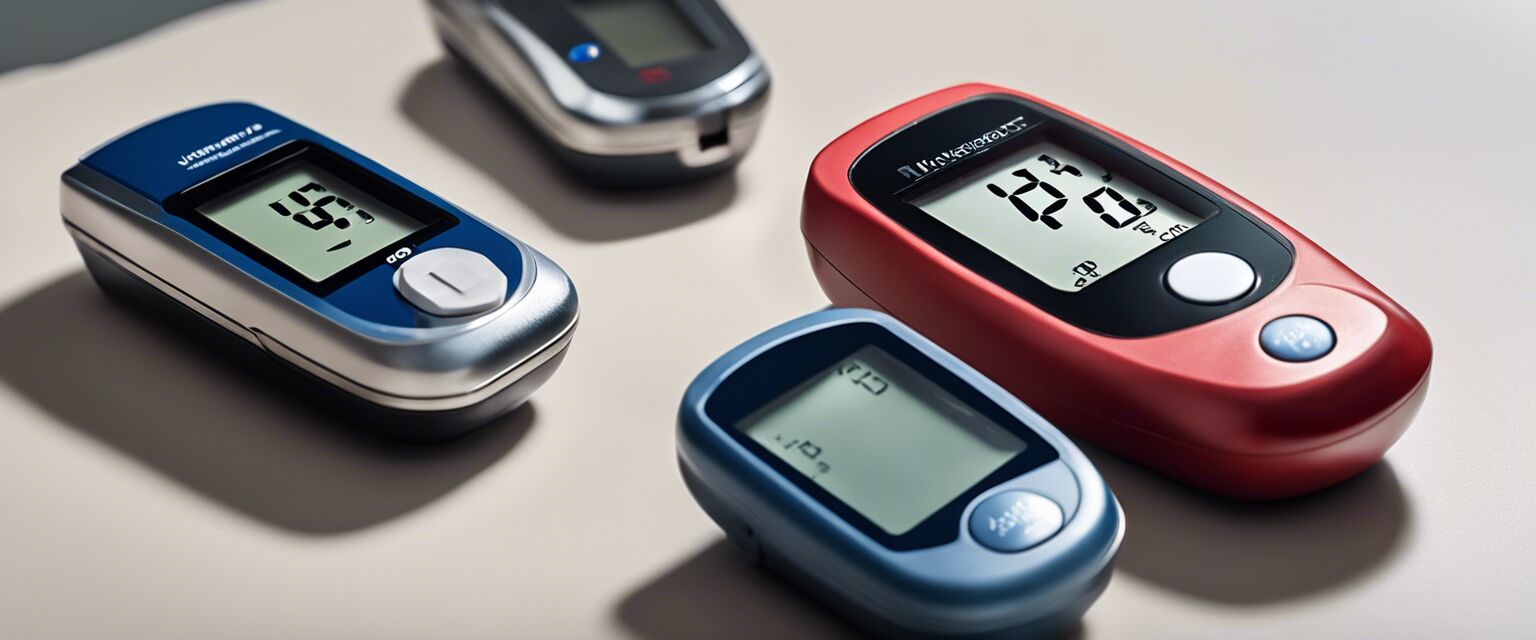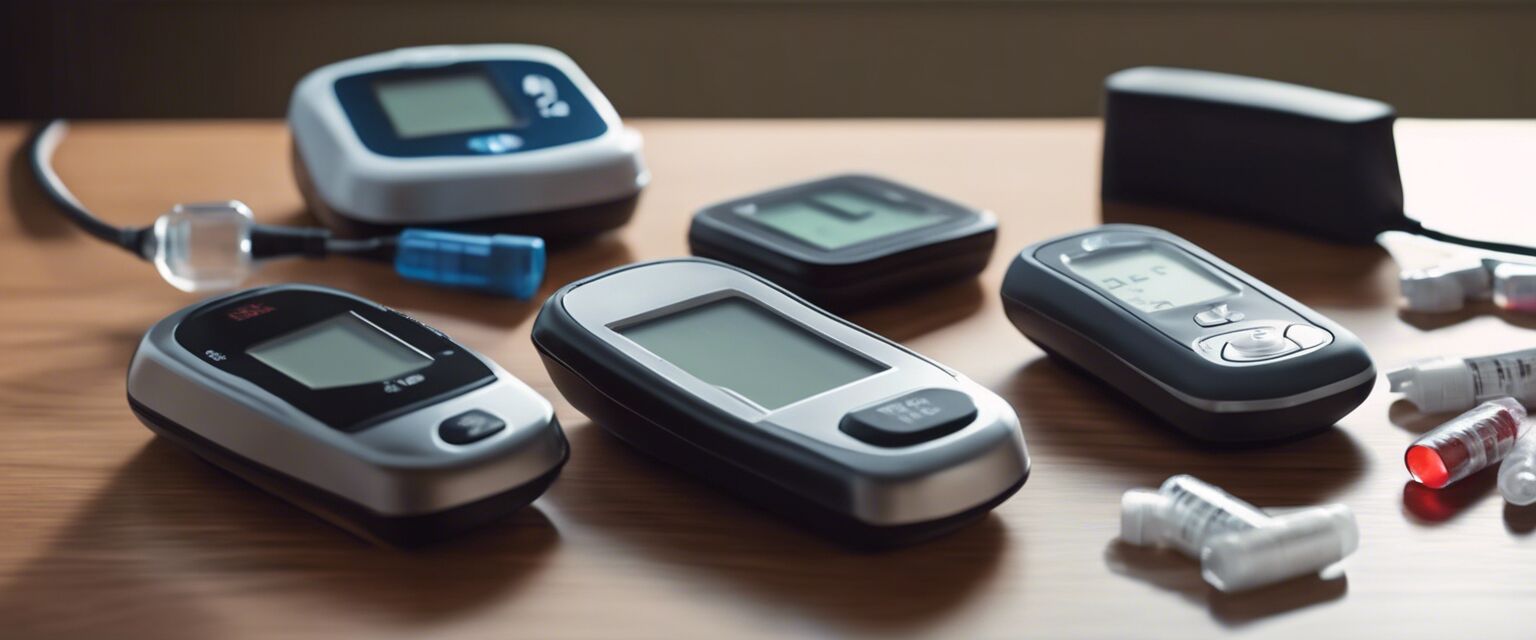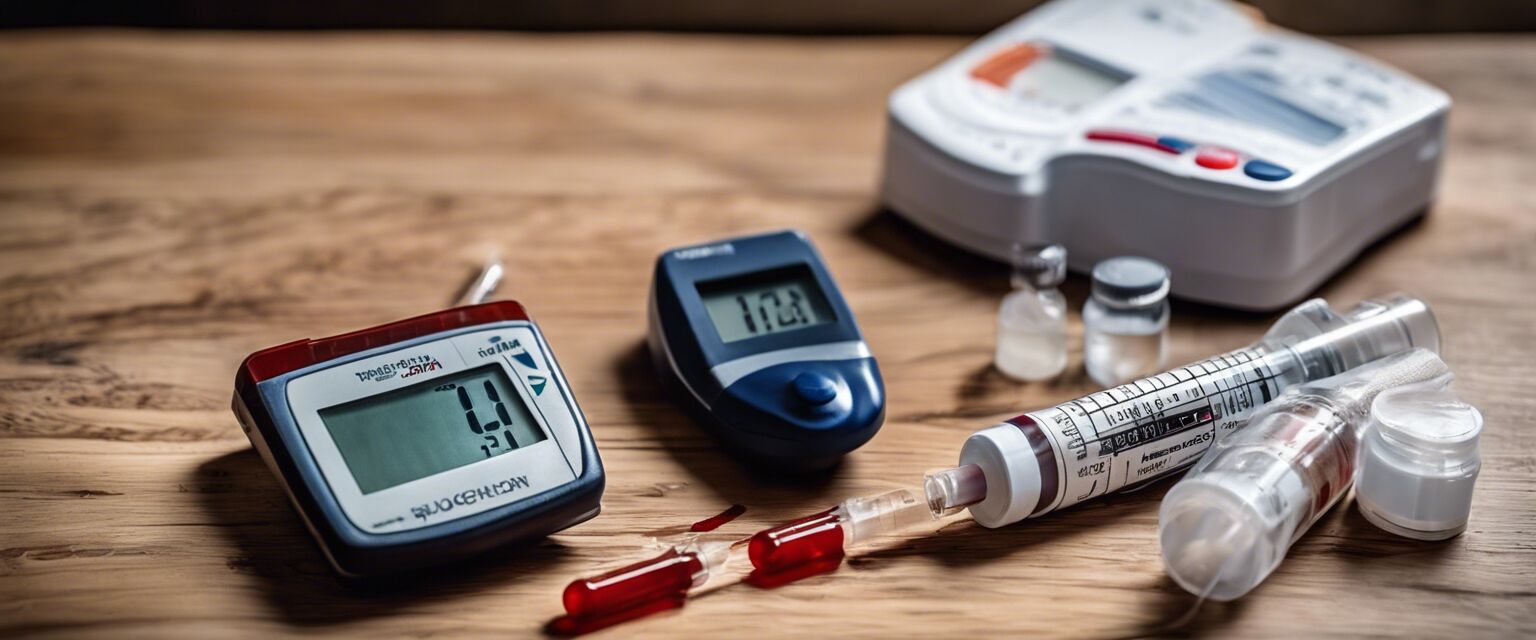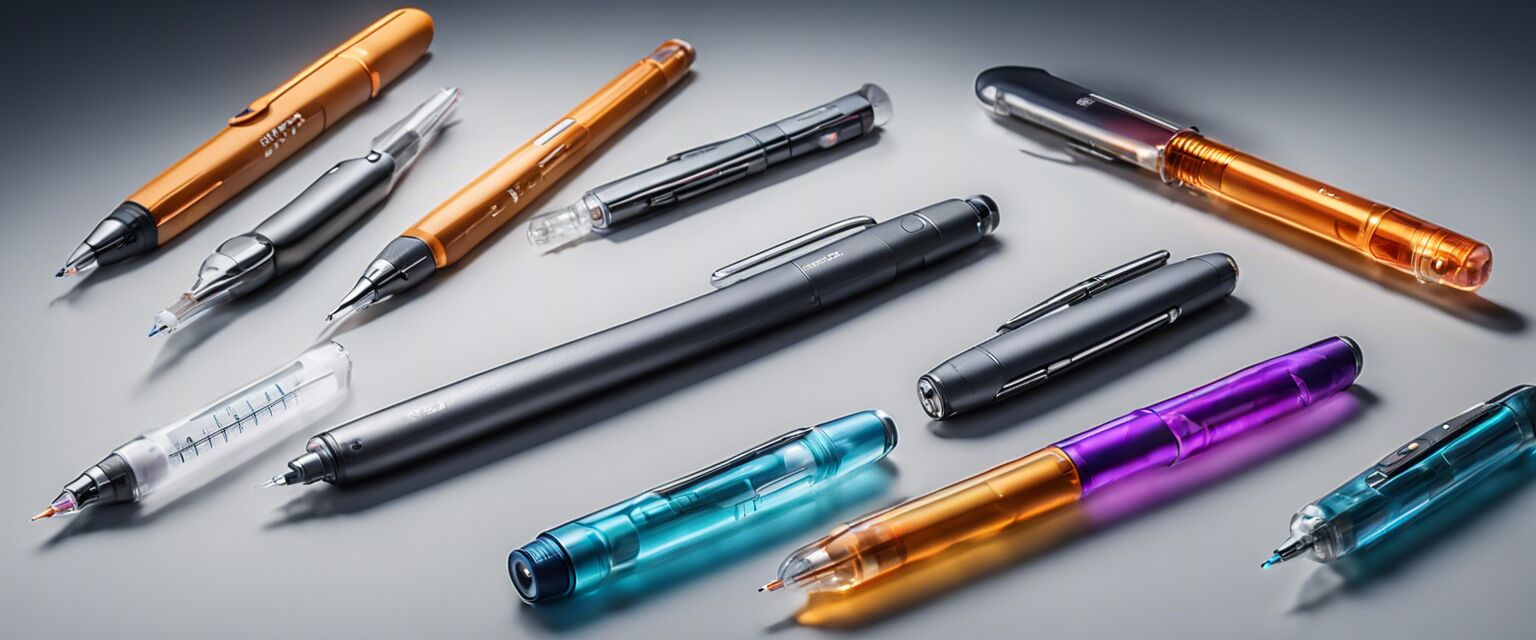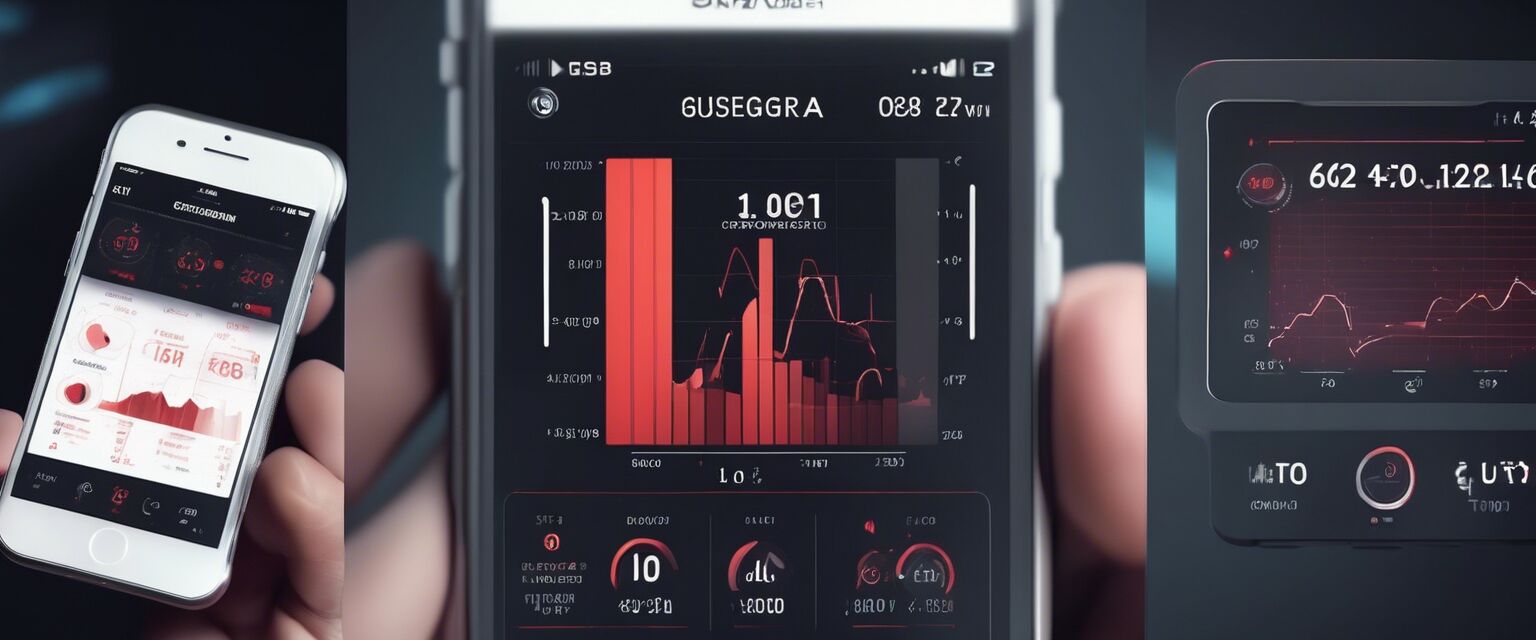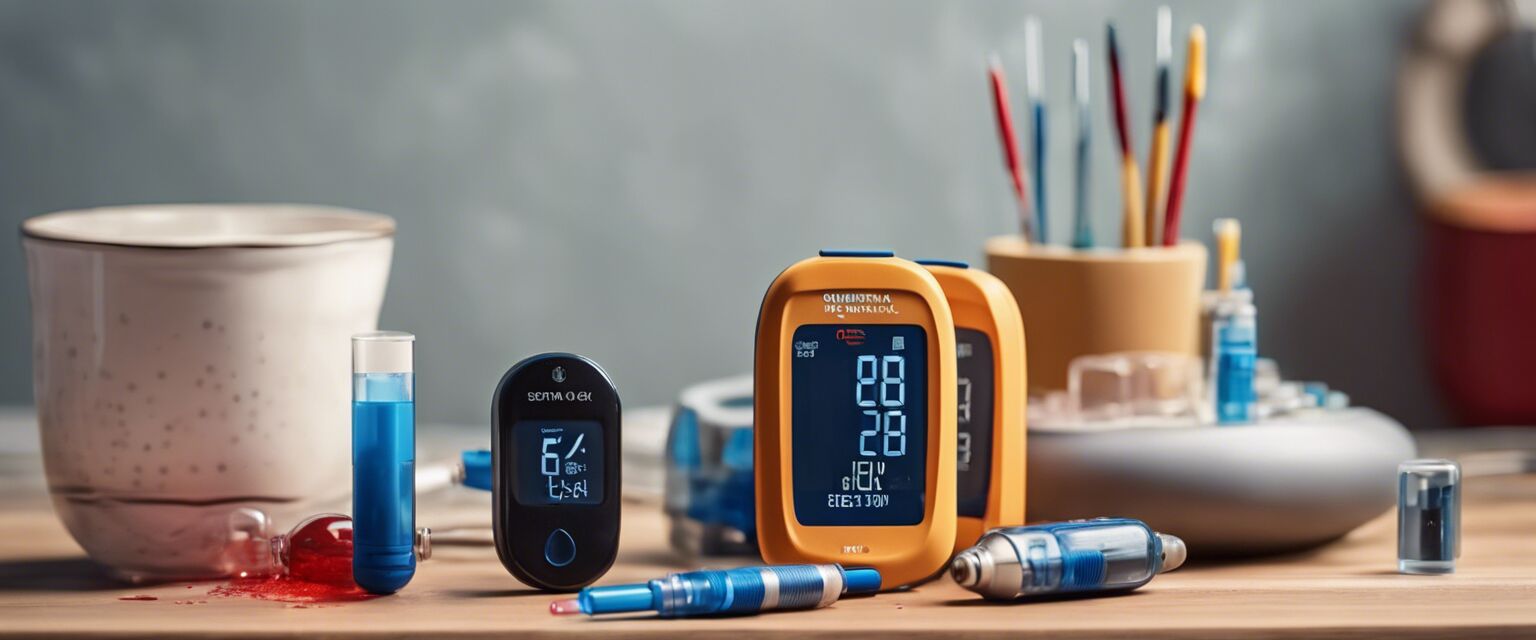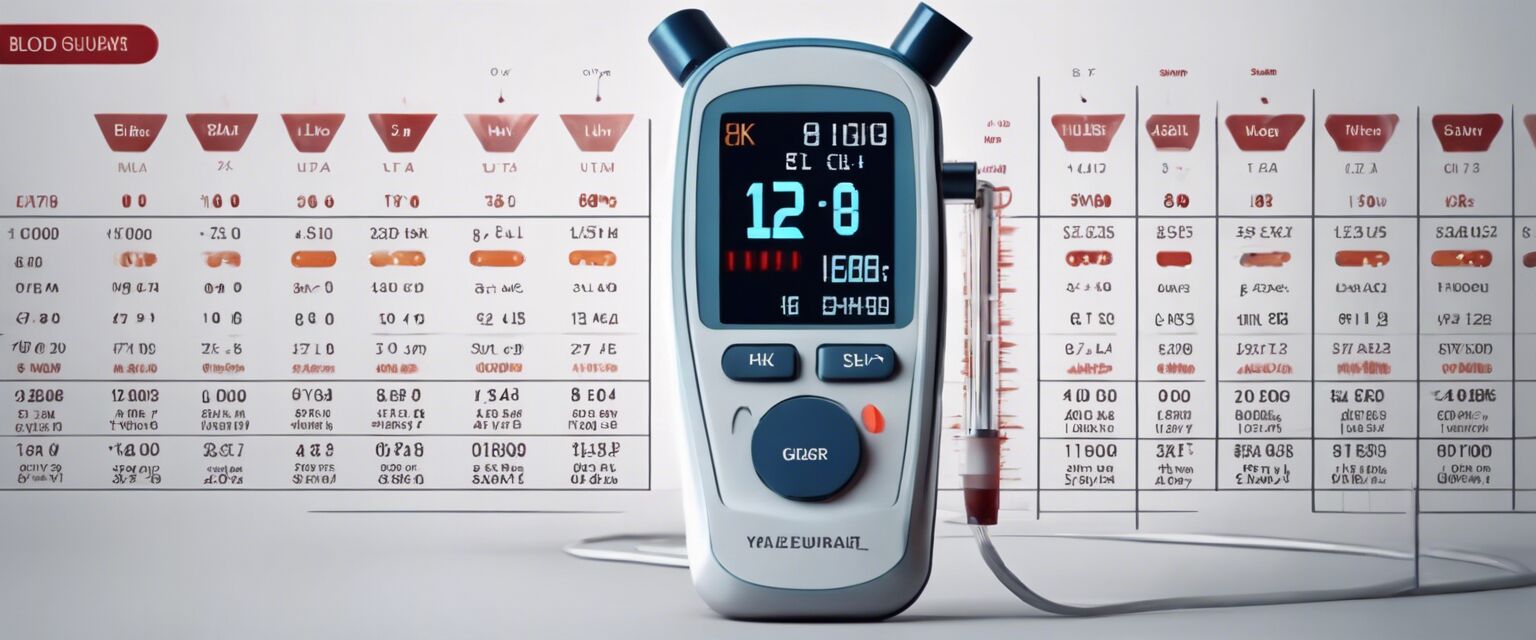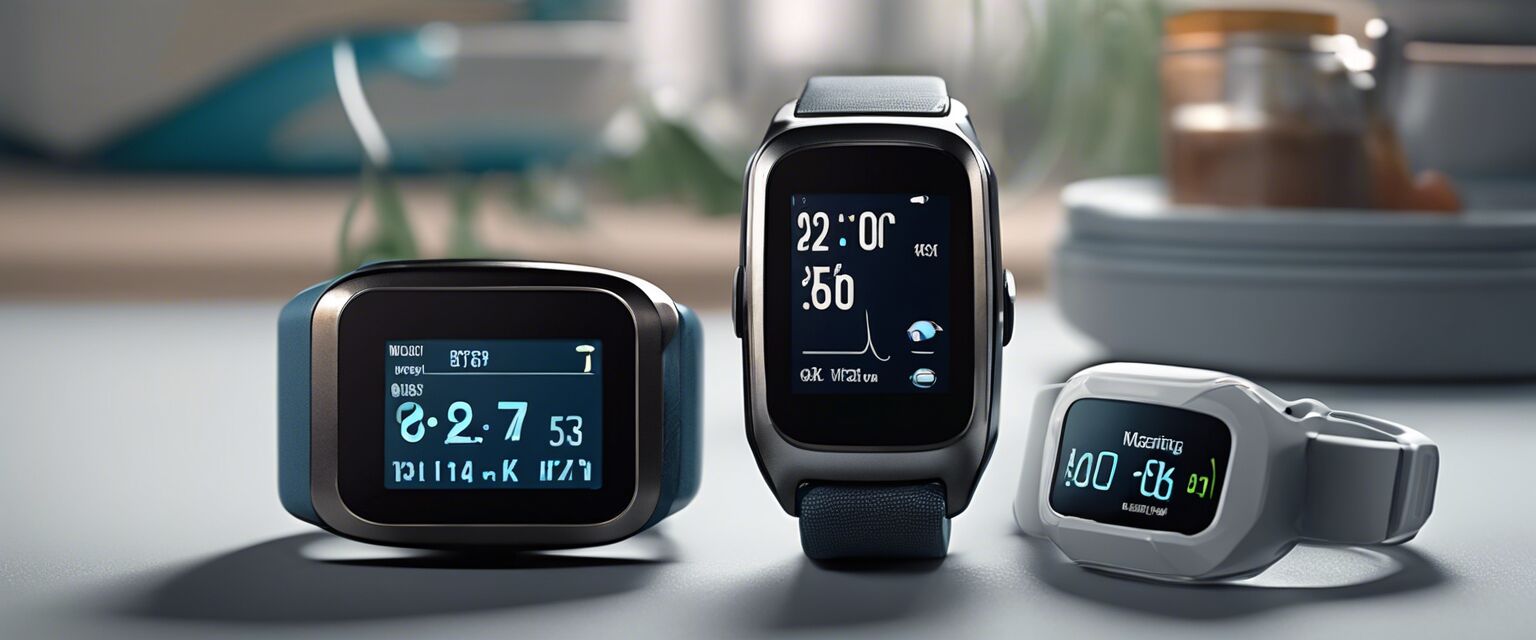
Wearable Monitoring Devices
Key Takeaways
- Wearable monitoring devices allow for continuous tracking of blood sugar levels.
- They provide real-time data, which can help users manage their diabetes more effectively.
- Features such as smartphone compatibility and painless monitoring make them convenient options.
- Different models offer varying levels of accuracy and functionality.
As diabetes management becomes increasingly important, the demand for effective monitoring tools is on the rise. Wearable devices for continuous blood sugar monitoring have emerged as a popular solution, allowing users to keep track of their glucose levels conveniently. In this article, we will analyze the features, benefits, and considerations when choosing wearable monitoring devices.
What are wearable monitoring devices?
Wearable monitoring devices are high-tech gadgets designed to track health metrics, specifically blood sugar levels, in real-time. They come in various forms, including watches, patches, and bands, allowing for flexibility and comfort in daily usage.
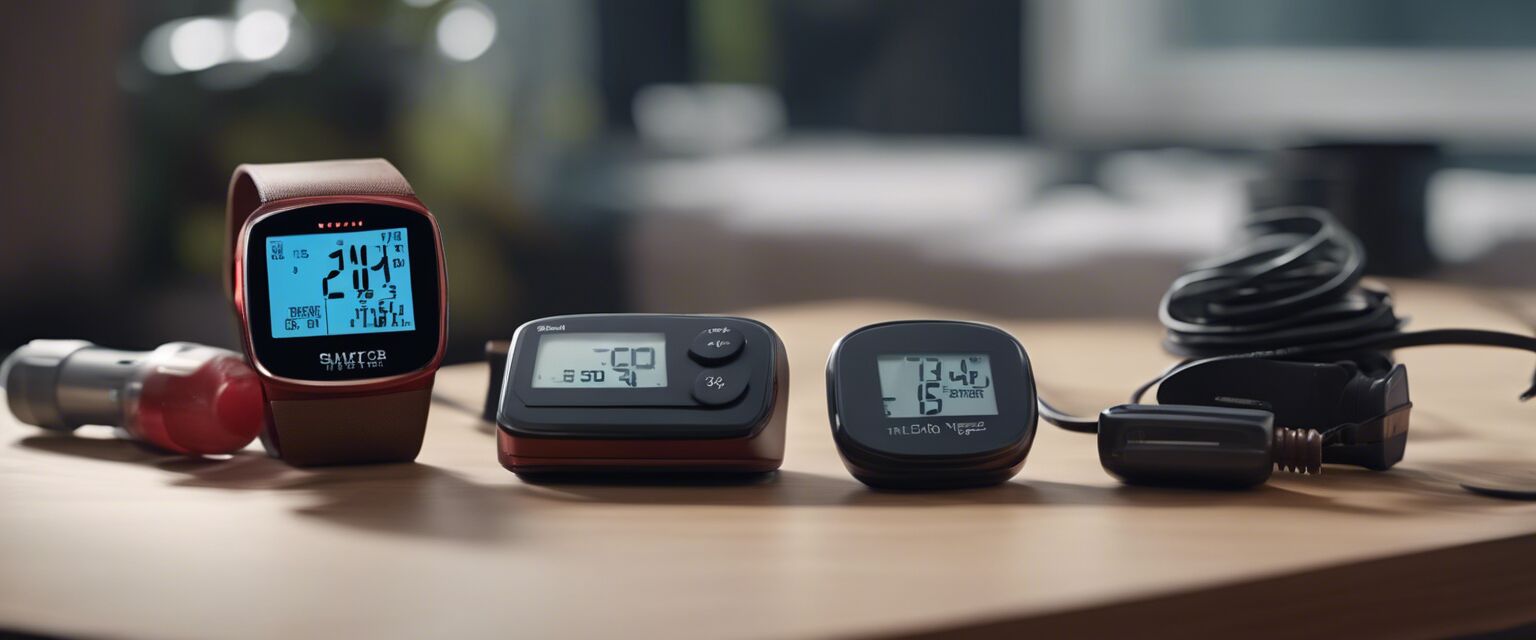
Benefits of wearable monitoring devices
- Real-time tracking: Users receive instant notifications about their blood sugar levels.
- Convenience: Wearable devices are often designed for easy wear, making them suitable for everyday use.
- Data sharing: Many devices can connect with smartphones, enabling users to share their data with healthcare professionals.
- Painless options: Some models utilize technology that reduces discomfort associated with traditional glucose monitoring methods.
How do wearable monitoring devices work?
Wearable monitoring devices typically function by using sensors that measure glucose levels either through the skin or by analyzing interstitial fluid. Data collected is then transmitted to a connected device, such as a smartphone or tablet, where users can view their blood sugar trends and receive alerts.
Types of wearable monitoring devices
| Type | Description | Example Features |
|---|---|---|
| Continuous Glucose Monitors (CGMs) | Devices that monitor glucose levels continuously throughout the day. | Real-time data, alerts for high/low levels, smartphone compatibility. |
| Smartwatches | Wrist-worn devices that can track glucose levels along with other health metrics. | Heart rate monitoring, activity tracking, notifications. |
| Wearable Patches | Adhesive patches that provide continuous glucose monitoring without the need for finger-pricking. | Discreet design, easy application, data sync with apps. |
Choosing the right wearable monitoring device
When selecting a wearable monitoring device, consider the following factors:
- Accuracy: Look for devices known for their precise readings.
- Features: Determine which features are important for your lifestyle, such as smartphone integration or data sharing abilities.
- Comfort: Choose devices that are comfortable to wear for extended periods.
- Cost: Evaluate your budget and consider any ongoing costs, like subscription services for data sharing.
Tips for beginners
- Start with a user-friendly device.
- Familiarize yourself with the app associated with the device.
- Regularly monitor your readings and adjust your lifestyle as needed.
- Consult with your healthcare provider for personalized recommendations.
Comparing popular wearable monitoring devices
| Device | Type | Battery Life | Price Range |
|---|---|---|---|
| Device A | Continuous Glucose Monitor | 10 days | $100 - $200 |
| Device B | Smartwatch | 1 week | $250 - $400 |
| Device C | Wearable Patch | 14 days | $150 - $250 |
Pros and cons of wearable monitoring devices
Pros
- Convenient and non-invasive monitoring.
- Helps in making informed decisions about health.
- Can enhance communication with healthcare providers.
Cons
- Some devices can be expensive.
- Not all devices guarantee 100% accuracy.
- May require regular calibration.
Future of wearable monitoring devices
The future of wearable monitoring devices looks promising, with advancements in technology leading to more accurate and user-friendly options. Continued innovation is likely to expand the capabilities of these devices, making them even more integral to diabetes management.
Conclusion
Wearable monitoring devices are transforming the way individuals manage their blood sugar levels. With the convenience of real-time data and a variety of options available, these tools can play a significant role in maintaining a healthy lifestyle. For more information on specific types of devices, check out our Advanced Health Monitors and Continuous Glucose Monitors categories.
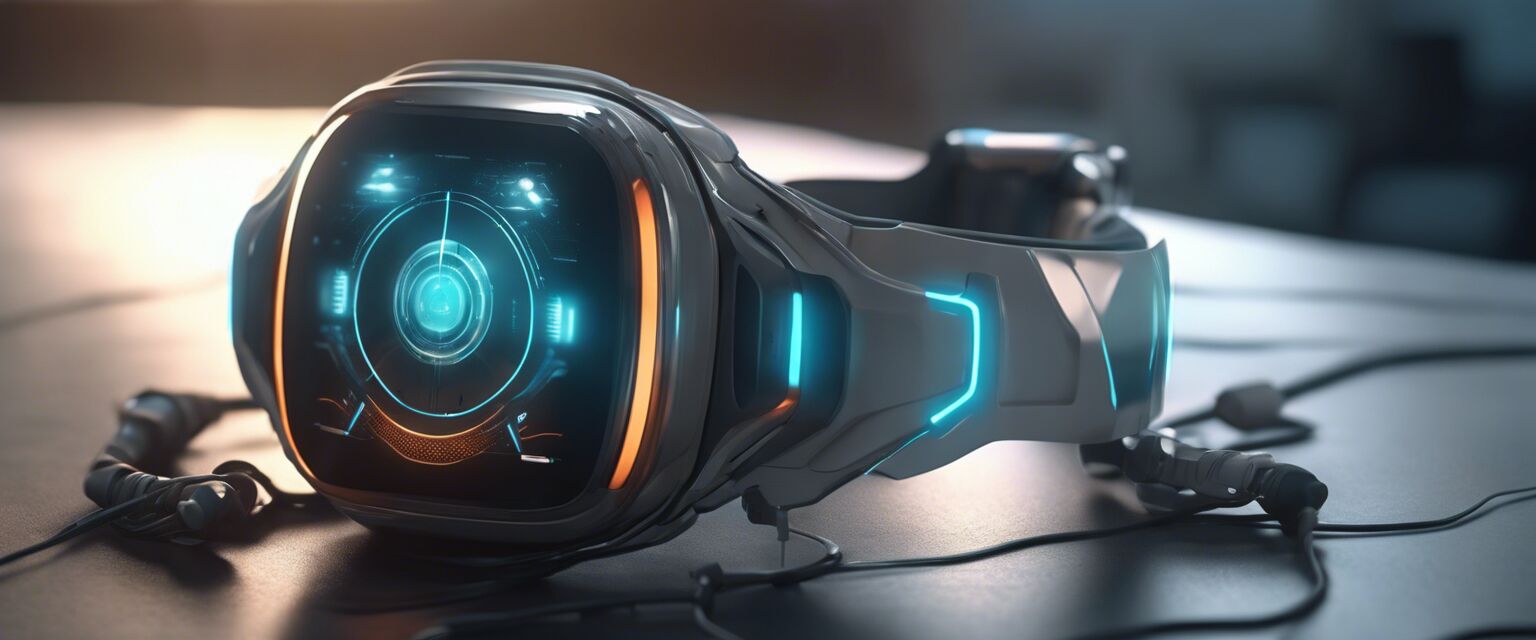
Stay informed and choose the best device that suits your needs to effectively manage your diabetes.
